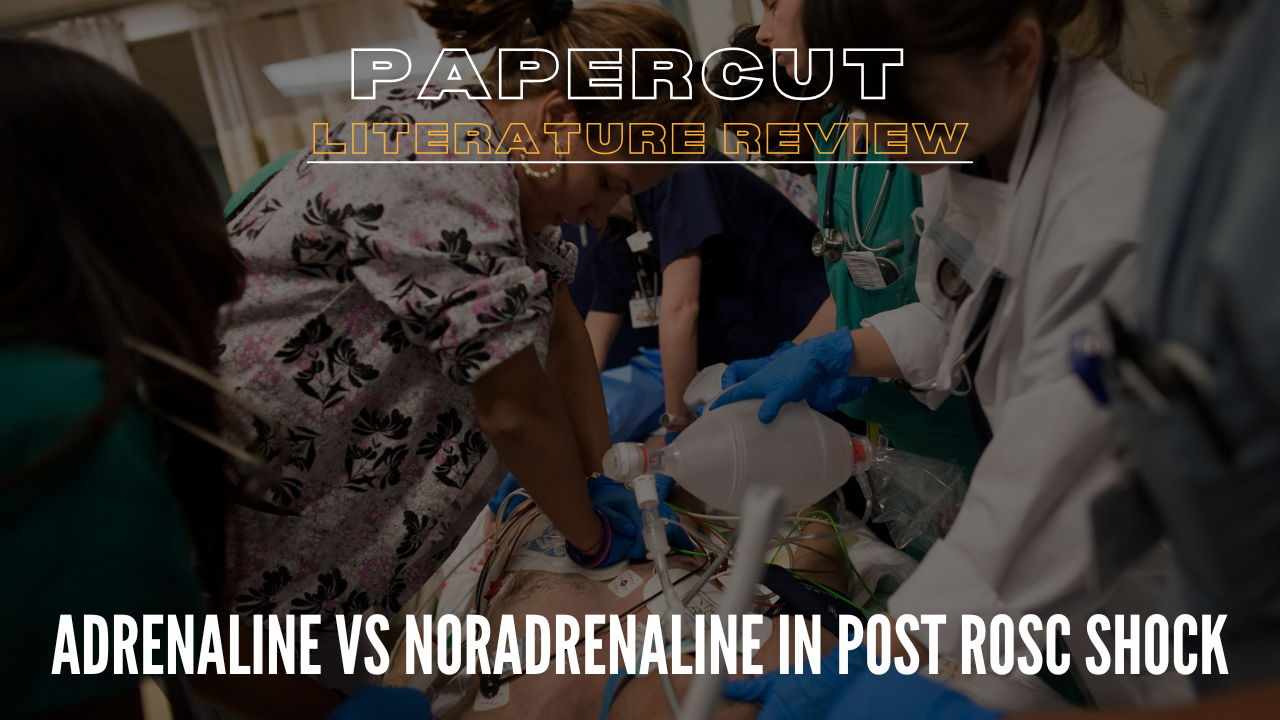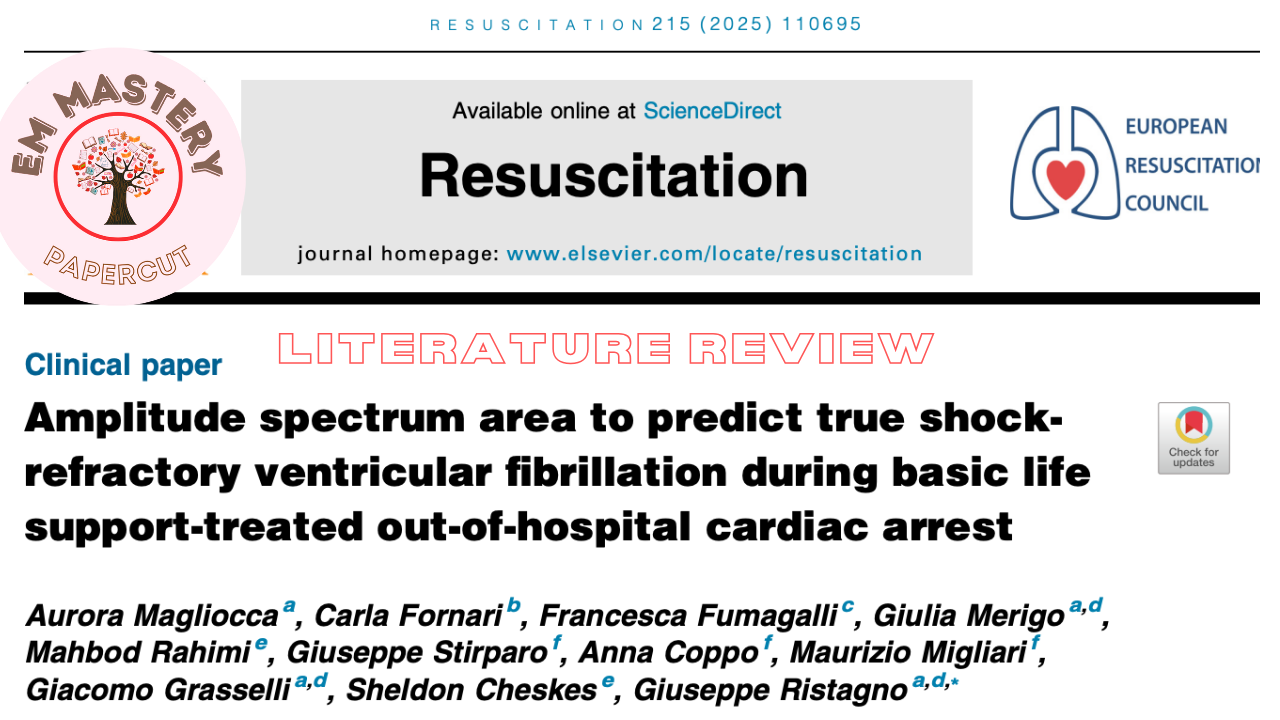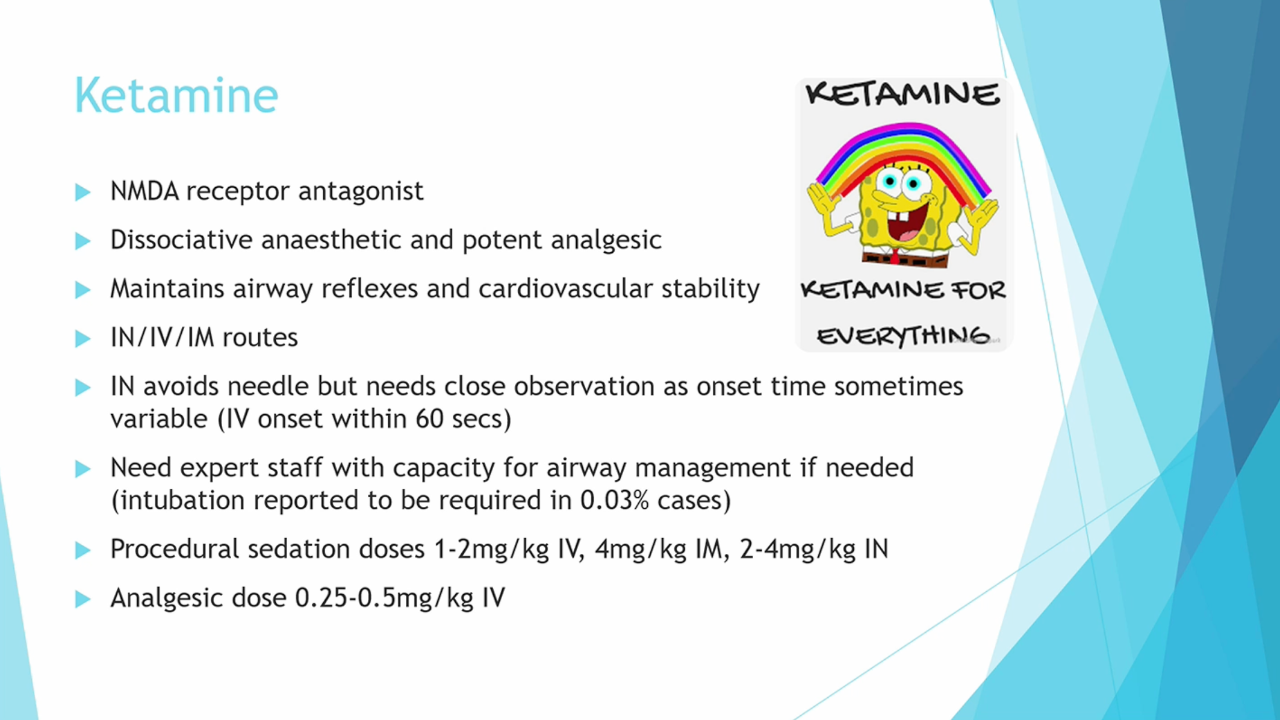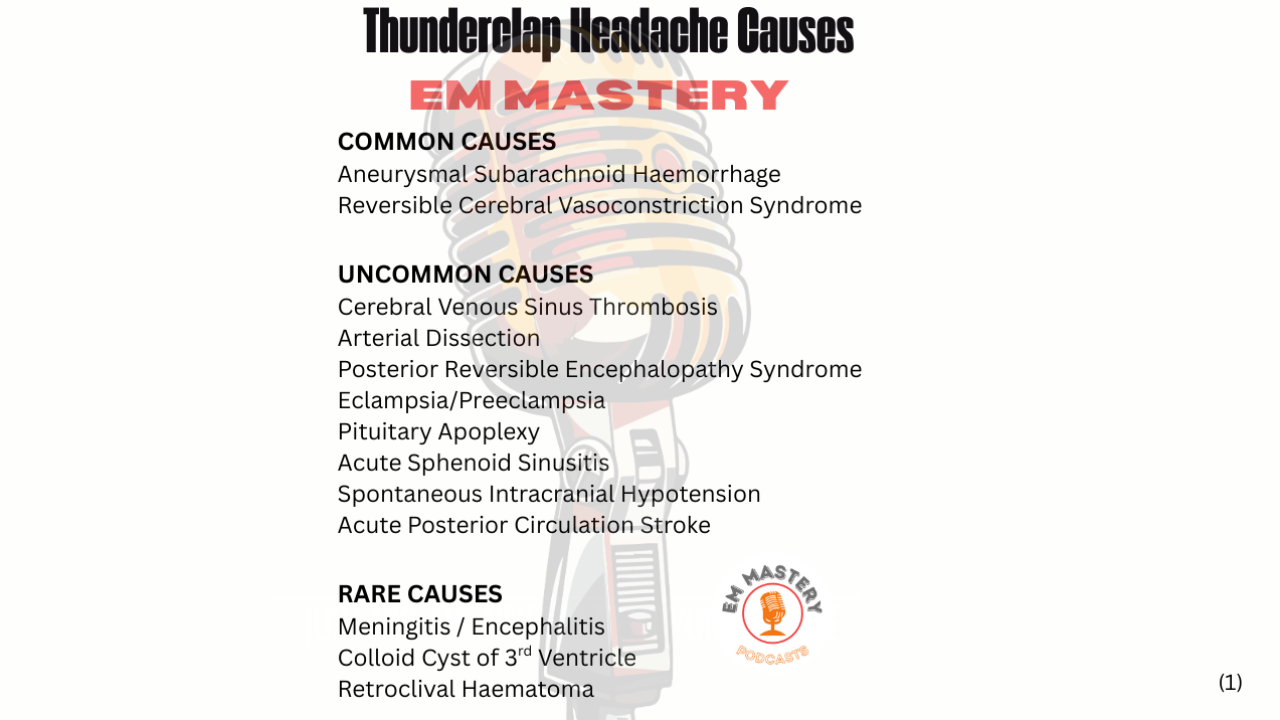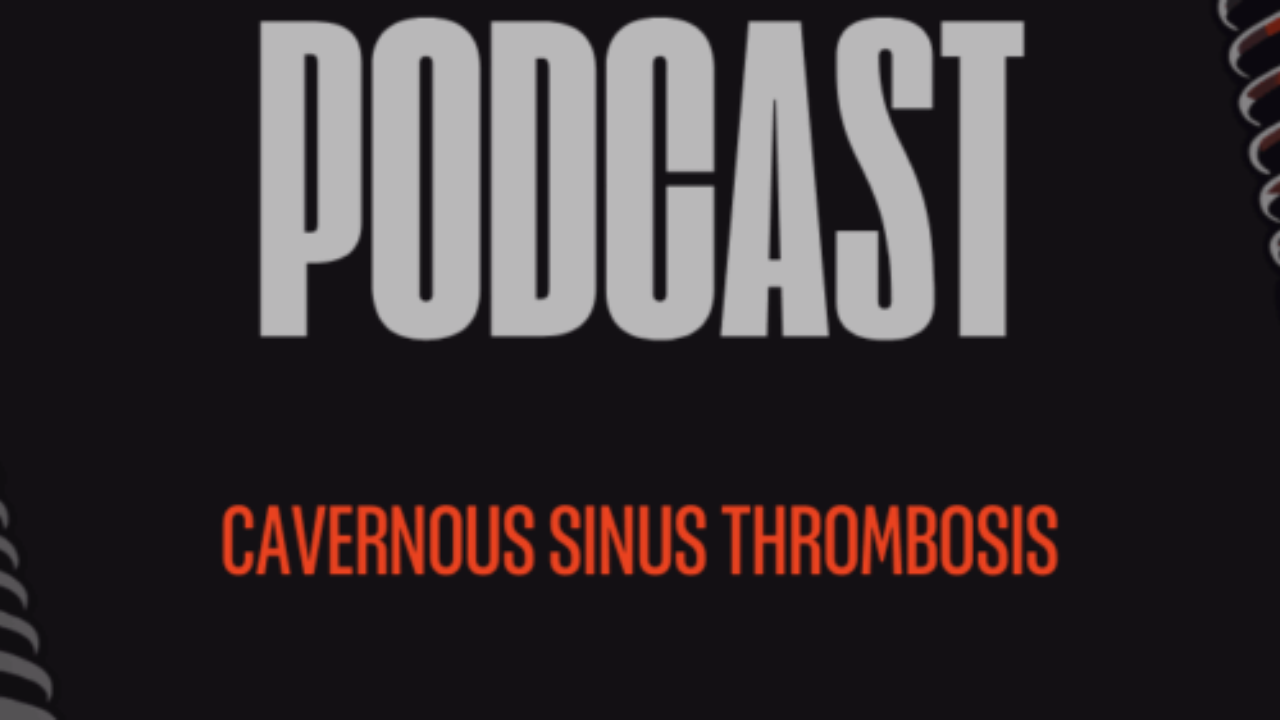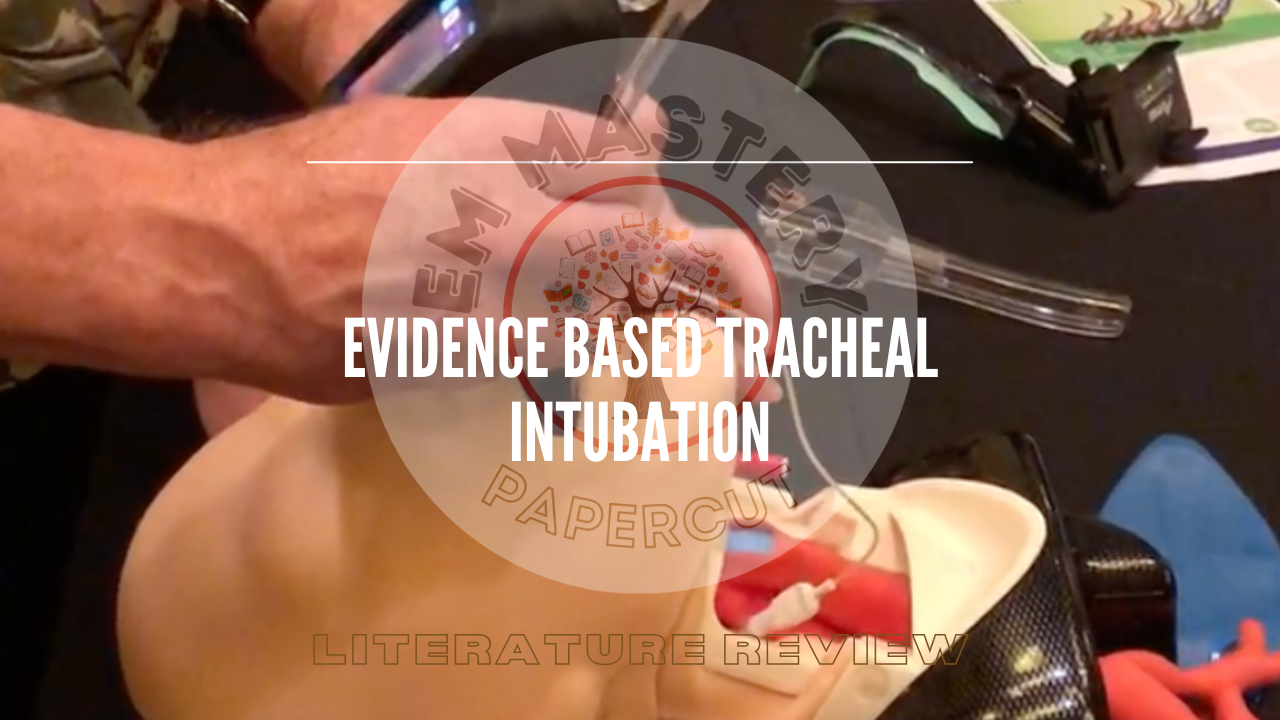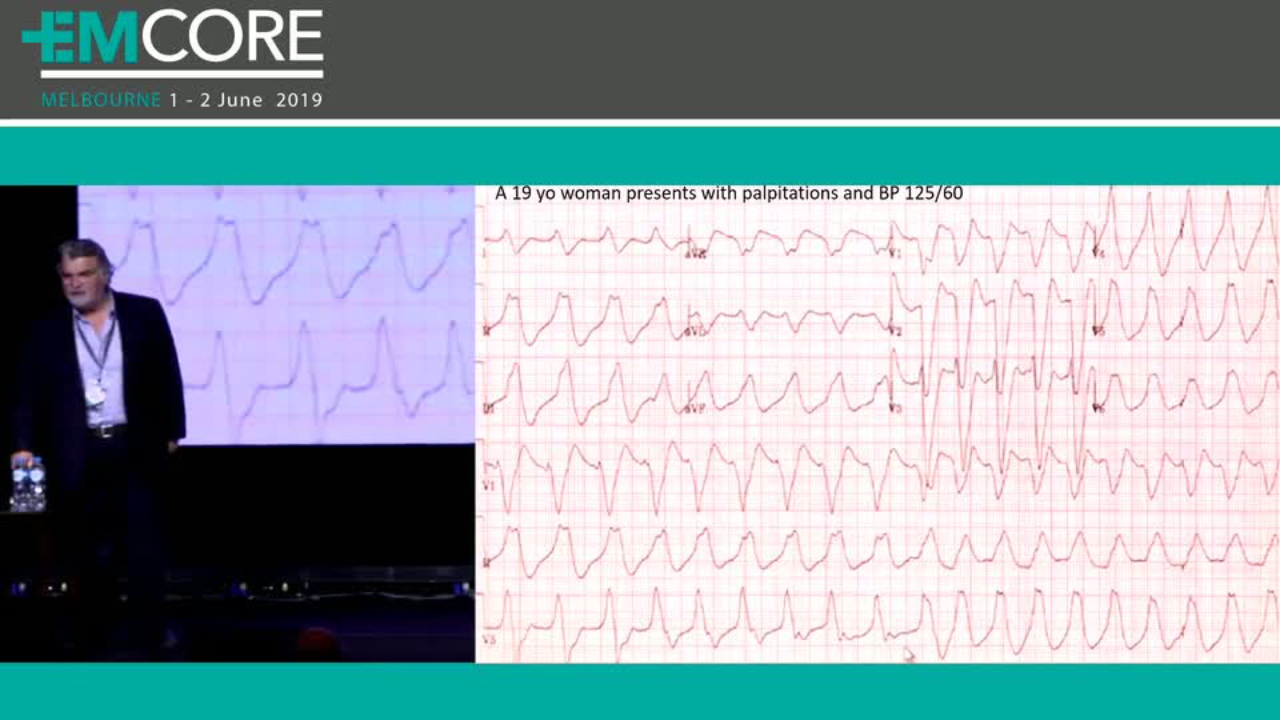
Do Smaller BVM's Increase ROSC?
Mar 27, 2024The best way to manage the airway during cardiac arrest, has remained somewhat of a mystery. We don’t know how much tidal volume to give, were not sure of what percentage FiO2 to deliver and were not sure of what rate to bag at.
What we assume we know:
- Increased minute ventilations delivered by either increasing the volume of each breath and/or increasing the frequency of breaths, results in over-inflation of the thoracic cavity. Animal studies have shown that this decreases venous return to the heart, decreasing coronary perfusion pressure and resulting in decreased cardiac output(1-3).
- Guidelines recommend approximately 500-600ml breaths during CPR, however these volumes that we tend to use in mechanical ventilation and they are not based on any real evidence for resuscitation.
- Studies have not shown a clear association between ventilation rate and ROSC. (4-7)
- Hyperventilation can cause cerebral vasoconstriction (8-11)
- Hypoventilation and inadequate oxygen concentrations can cause hypoxia and result in acidosis.
- Aggressive forced rapid delivery of breaths can result in significant insufflation of the stomach
- Current resuscitation guidelines ( based mostly on expert opinion (12-13)), recommend 10 ventilations per minute with a tidal volume of 500-600ml.
What we do is:
- In adults we use a large BVM which delivers approximately 1500 ml maximum (although this can vary by manufacturer)
- We usually compress about half the reservoir thus delivering about 600-800ml per breath.
- We use 100% FiO2.
- Our aim is to not give more than 10 breaths per minute.
Given that we don’t want to over-ventilate the patient, smaller BVMs have been recommended.
…….Enter this new study
Bonniew D et al. Association of small adult ventilation bags with return of spontaneous circulation in out of hospital cardiac arrest. Resuscitation 193 2023 https://doi.org/10.1016/j.resuscitation.2023.109991
What was the hypothesis in this paper?
 In order to decrease the potential for large volumes being delivered, smaller adult BVM (Mercury Medical CPR-2 small ventilation bag) were used. The maximum volume was 1000ml and the expected volume delivery was 450ml. The hypothesis was that this would result in increased incidence of ROSC.
In order to decrease the potential for large volumes being delivered, smaller adult BVM (Mercury Medical CPR-2 small ventilation bag) were used. The maximum volume was 1000ml and the expected volume delivery was 450ml. The hypothesis was that this would result in increased incidence of ROSC.
What They did
N=1994
This was a pre-hospital, retrospective, observational cohort study that analysed data that was prospectively acquired for out of hospital cardiac arrest and advanced airway registries.
Manual compressions were delivered at 100-120 compressions per minute with an interposed breath every 10 compressions.
Advanced airway placement was defined as an endotracheal tube or ‘iGel’ supraglottic airway, with placement confirmed by the treating paramedics and subsequent ETCO2 reading.
Exclusions:
- age <18
- received basic life support (BLS) only,
- termination of resuscitation due to advance directives,
- ALS interventions prior to EMS arrival,
- insufficient capnography data,
- cricothyrotomy,
- advanced airway placed while patient had spontaneous circulation,
- airway was managed with BVM only, or did not receive CPR while under EMS ALS care.
Primary Outcomes
ROSC at the endpoint where EMS entered the emergency department
Secondary Outcomes
Ventilation rate and mean ETCO2 during CPR
What they found
Primary Outcomes: ROSC at hospital arrival was significantly lower in the small bag group, even when adjusted for variables including age sex bystander CPR and initial rhythm. The odds ratio of ROSC on hospital arrival was 0.74, 95% CI = 0.61–0.91
Secondary Outcomes: Ventilation rates were similar in large and small bag cohorts. ETCO2 was lower in the large bag cohort 33.2 ± 17.2 mmHg vs. 36.9 ± 19.2 mmHg (p < 0.01), with values of less than 15 mmHg were measured more frequently in the large bag cohort, 17.6% vs. 12.6% and periods of ETCO2 > 45 mmHg were more common in the small bag cohort, 19.9% vs 27.3%.
Conclusion
The unexpected result was of lower odds of ROSC from non-traumatic cardiac arrest when a smaller bag was used. When the authors assessed for potential sources of confounding, the negative association with the smaller bag remained.
My Take on this
This is a retrospective study, using data from other sources, including a registry. Tidal volumes were not measured. The measurements of lower ETCO2 with the larger bags may be a surrogate marker of higher minute ventilation, however there is some evidence that minute ventilations delivered with small and large bags are about the same (14). Perhaps the volumes needed in OHCA to achieve ROSC are different to those needed in a mechanical ventilation environment where there is cardiac output present and potentially stable.
This all goes back to how complex this all is.
ETCO2 depends on many factors including:
- cardiac output
- cellular respiration
- pulmonary circulation
Will it change my practice?
Probably not. Instinctively it makes sense that a smaller bag and delivering smaller tidal volumes makes sense. However this retrospective study doesn’t support this. I think that I will continue doing what I do, use a larger bag and continue to deliver smaller tidal volumes and wait for the prospective randomised trial to be done.
References
- Aufderheide TP et al. Hyperventilation- induced hypotension during cardiopulmonary resuscitation. Circulation 2004;109:1960–5.
- Woda RP et al. The ventilatory effects of auto-positive end-expiratory pressure development during cardiopulmonary resuscitation. Critical Care Med 1999;27.
- Cournand A et al. Physiological studies of the effects of intermittent positive pressure breathing on cardiac output in man. Am J Physiol 1947;152:162–74.
- Benoit JL et al. Ventilation rates measured by capnography during out-of-hospital cardiac arrest resuscitations and their association with return of spontaneous circulation. Resuscitation 2023;182.
- Chang MP, et al. Association of ventilation with outcomes from out-of-hospital cardiac arrest. Resuscitation 2019;141:174–81.
- Vissers G et al. The effect of ventilation rate on outcome in adults receiving cardiopulmonary resuscitation. Resuscitation 2019;138:243–9. https://doi.org/10.1016/j.resuscitation.2019.03.037.
- Prause G et al. Mechanical ventilation with ten versus twenty breaths per minute during cardio-pulmonary resuscitation for out-of-hospital cardiac arrest: a randomised controlled trial.
- Muizelaar JP et al. Adverse effects of prolonged hyperventilation in patients with severe head injury: a randomized clinical trial. J Neurosurg 1991;75:731–9.
- Stocchetti N et al. Hyperventilation in head injury. Chest 2005;127:1812–27.
- Brian JE. Carbon dioxide and the cerebral circulation. J Am Soc Anesthesiol 1998;88:1365–86.
- Coles JP et al. Hyperventilation following head injury: effect on ischemic burden and cerebral oxidative metabolism. Crit Care Med 2007;35:568–78.
- Soar J et al. European Resuscitation Council Guidelines for Resuscitation 2015: Section 3. Adult advanced life support. Resuscitation 2015;95:100–47.
- Panchal AR et al. Part 3: Adult Basic and Advanced Life Support: 2020 American Heart Association Guidelines for Cardiopulmonary Resuscitation and Emergency Cardiovascular Care. Circulation 2020;142:S366–468.
- Yang BY et al. A pilot evaluation of respiratory mechanics during prehospital manual ventilation. Resuscitation 2022;177:55–62.
Join Our Free email updates
Get breaking news articles right in your inbox. Never miss a new article.
We hate SPAM. We will never sell your information, for any reason.


